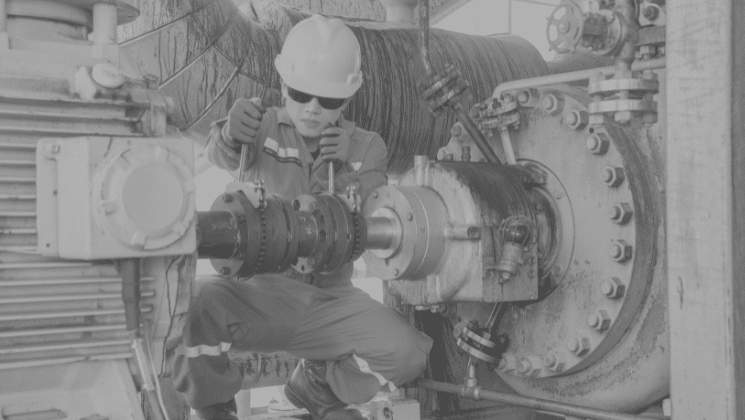Emergency maintenance is a pain to deal with.
It’s the kind of work that, when identified, is so urgent that it must be done immediately, even though it’s not part of your frozen schedule. And often it is 3 to 5 times more expensive than properly planned work.
That’s why we do our best to minimise it.
But in the real world, emergency maintenance DOES happen.
So, we must be ready to deal with it when it does occur. Here are a few steps you need to take to properly deal with emergency maintenance:
First, report the issue to the supervisor.
Once the supervisor is notified, they make a quick risk assessment. Does the risk associated with this work really constitute an emergency? Big enough to justify breaking into the Frozen Weekly Schedule?
The supervisor must be strict at protecting the frozen weekly schedule from any break-in work that’s NOT supposed to be a priority.
If the supervisor does indeed believe that is the case…
Then the next step is to get at least a verbal agreement from whoever owns the schedule.
Normally, the person who owns the schedule is the superintendent or the plant manager. But sometimes they can be difficult to get ahold of. So, the supervisor may actually have to make that decision themselves.
Finally, start making the repair.
And that means planning the job on the fly, getting labor, tools and materials organized. If it’s a failure that has occurred before, use existing job plans and records if you can to save time and reduce the chance of making mistakes.
Entering the job into the CMMS, including all materials and labor used to do the job can typically happen after the job is completed. Now…
If you take a step back, you’ll notice that it’s very simple. Well, that’s because you have to act fast and make quick decisions when it comes to emergencies.
But many organisations make one critical mistake that makes the emergency maintenance devastating to their frozen schedule—
They get their Maintenance Planner to manage the emergency repairs.
And whatever you do – don’t do this!
It is crucial that you keep your planner out of any emergency maintenance. Don’t let today’s emergencies ruin tomorrow’s productivity.
Your planner must continue scoping and planning the work for the following week. If you take them from their job, you will create a habit that leads to reactive maintenance. It is the duty of the Maintenance Supervisor to manage the Emergency Maintenance using his Crew
Don’t let today’s emergencies ruin tomorrow’s productivity.
If you want to learn more about how to deal with emergency maintenance, then you can check out our online course on Maintenance Planning & Scheduling where we teach this (and much more) in detail.


